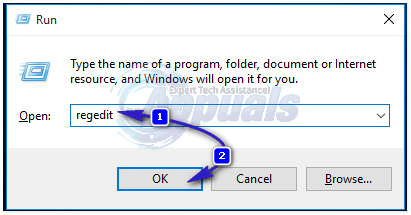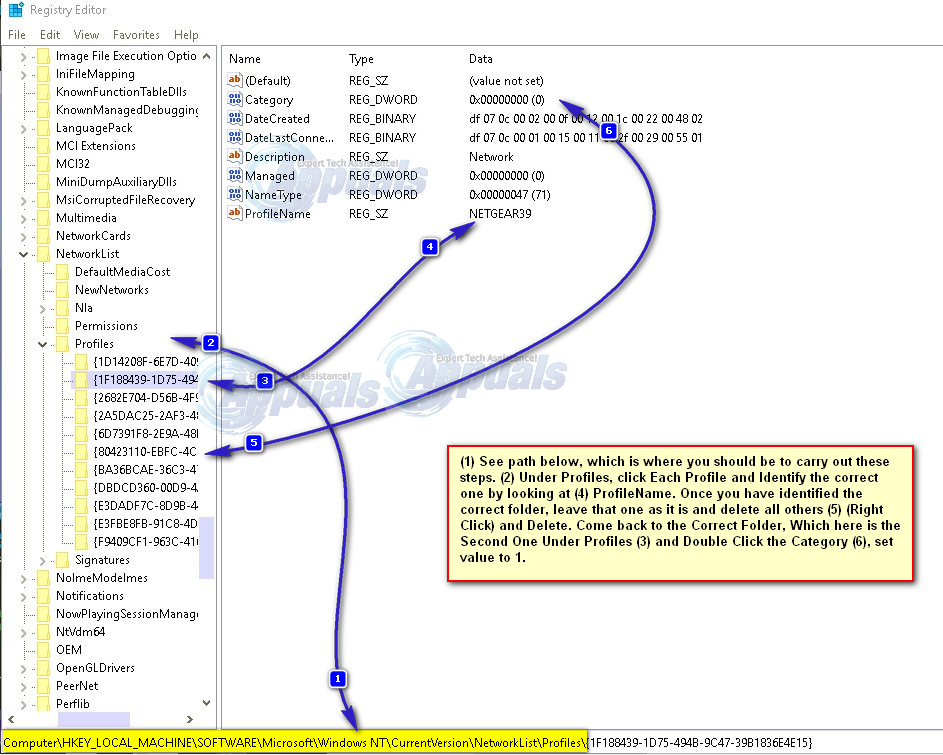FIX: Windows 10 WiFi issues After Sleep/Wake or Hibernate
Many Windows 10 users have reported an issue with not automatically connecting to their Wi-Fi networks. This problem typically begins after upgrading to Windows 10 from a previous version of Windows. There can be numerous reasons causing this issue; while this might not have been the case prior to upgrading, in my understanding, this is by design in Windows 10. I was able to successfully resolve the issue for a user, and I will be listing the couple of solutions utilized in this guide.
Before you begin, please examine the automatic Wi-Fi connectivity issues in Windows 10.
Disable Ethernet
The first step is to ensure that you’re connected only to Wi-Fi, not both Wi-Fi and Ethernet. Quickly disable Ethernet if it’s connected along with Wi-Fi. Connecting to both sometimes creates a conflict, and is not necessary because you’re already on Wi-Fi. To do this:
Hold the Windows Key and Press R. In the run dialog, type ncpa.cpl and Click OK. 
Right click your Ethernet adapter, and choose Disable.

If any of these steps do not apply to you, simply proceed to the next one. Once completed, advance to the following step.
Change the location of the WiFi network.
Now, ensure that the Wi-Fi network location is not public. If it is public, then change it to private. To verify this, open the Network & Sharing Center and look under your network name.

To change from public to private, hold the Windows key and press R. In the run dialog, type ‘regedit’ and click ‘OK’.

Expand and browse to the following path in the Registry Editor,
HKEY_LOCAL_MACHINE\SOFTWARE\Microsoft\Windows NT\CurrentVersion\NetworkList\Profiles
Once there, look under the Profiles folder. There may be more than one folder there. Click on each folder under Profiles, and look for the Data Field in the ProfileName folder. This is where you should see your current wireless network name and previous names in other folders. Once you’ve identified the correct folder with the right name, set it aside and delete all other folders by right-clicking and selecting ‘Delete’. After that, return to the correct folder, double-click on the Category Value and set it to 1. If it is 0, it means that it was set to Public, and if it is 2, it’s the Domain (speak to your network administrator before changing this). 1 indicates that it’s private. Changes will take effect after a reboot. Once you’ve finished, exit. Now, reboot the PC and test. If it still doesn’t work, then proceed with the method below.

Now, reboot the computer and conduct a test. Ensure that Wi-Fi is set to connect automatically. If it isn’t, set it to do so and reboot the computer again. If the problem persists, proceed with the steps for Power Options provided
Power Options and System Settings
Hold the Windows Key and press X. Then, select ‘Power Options.’ Next, from the left pane, choose ‘Require a password on wake up,’ and click on ‘Change settings that are currently unavailable.’
Under ‘Password Protection on Wake Up’, choose ‘Don’t Require a Password.’
